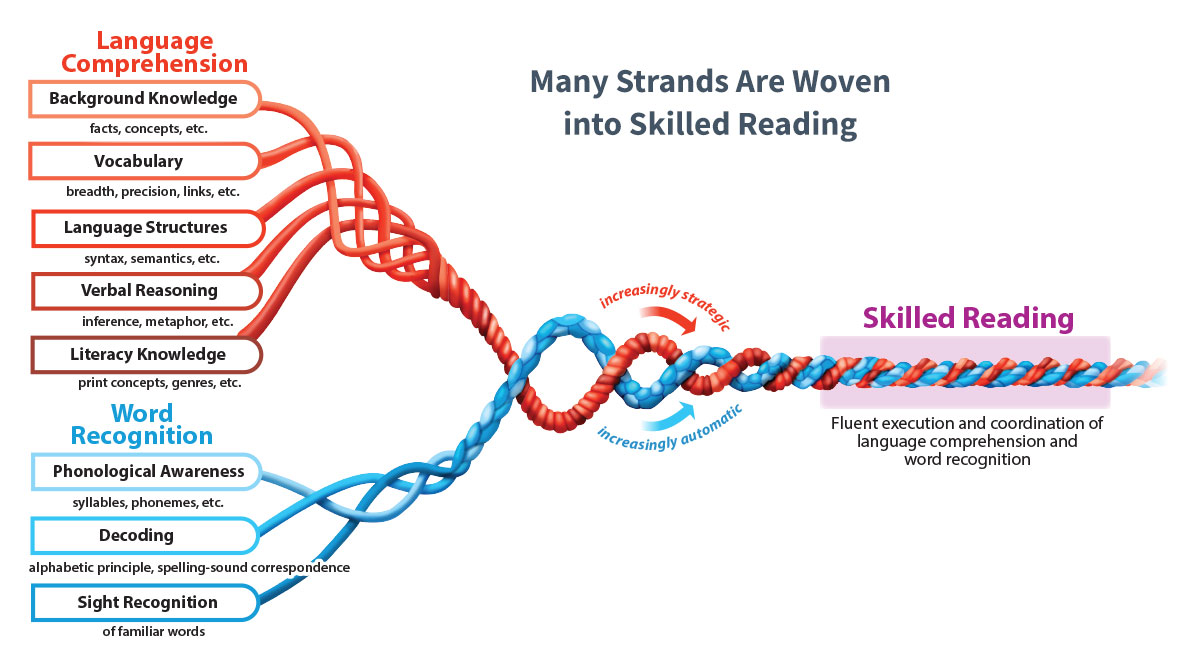Building a Reading-Writing Connection in the Classroom

One of my favorite summer activities is grabbing a fresh Flair pen and a new science of reading book as I head to a cozy chair and begin reading, underlining, and making notes in the margins. I also like to look back on books I’ve previously read and examine my thoughts from the past. As I think about the importance of connecting reading and writing in the classroom, I am brought back to a sentence I underlined twice and starred as a favorite in my LETRS® Volume 2 manual. It reads, “In addition to the simple fact that writing is required of students, writing is important because it benefits reading (231).”
The simplicity of this sentence shouldn’t mask how clearly it speaks to the importance of writing in the elementary classroom. Writing is important in its own right but it’s also a powerful tool for the development of reading. In fact, writing benefits all aspects of reading instruction—from word-recognition skills to the various strands of language comprehension on Scarborough’s Reading Rope. Teachers who weave writing into all of these areas of literacy instruction are helping build strong connections for their students, as writers and readers.

Scarborough’s Reading Rope
Looking at the word-recognition side of Scarborough’s Rope, we can focus on the benefits writing has for spelling and, reciprocally, for decoding. The physical act of writing letters focuses students’ attention on the graphemes that make up a word. Connecting the manual skill of writing with strong phoneme-grapheme correspondences helps students store higher-quality representations of words in their memories. As students’ progress in their word-level knowledge, they can also use writing to help store phonetic, semantic, and morphological representations of words. Simply put, when we include the physical act of writing alongside our word study instruction, our students benefit.
On the other side of Scarborough’s Rope, we can see the numerous benefits writing provides for comprehension. After reading a text, the act of composing sentences, with or without supportive sentence stems, helps students demonstrate their understanding of what they’ve read. It’s a harder cognitive skill to take the mental model we’ve created while reading and reorganize it into our own writing. But it’s also this challenging cognitive skill that strengthens students’ memories of their mental model and helps solidify comprehension. Through writing, we can also strengthen students’ vocabulary knowledge as they explore word choice in their compositions. We can enhance student knowledge and awareness of syntax when we work on sentence-level writing skills. And as we move students toward longer compositional writing pieces, we can grow their understanding of text structure and genre. Building many opportunities for purposeful writing alongside comprehension instruction strengthens student learning.
Infusing writing throughout literacy instruction is a powerful teaching move. I’m excited to continue this conversation in an upcoming webinar on Tuesday, September 13, 2022. We will take a deeper dive into practical and research-based ways to connect reading and writing in classroom instruction. Ideas will span all strands of Scarborough’s Reading Rope as we use writing to strengthen word-recognition skills and language comprehension. We will walk through whole-group and intervention activities as well as classroom examples that serve to build a reading-writing connection. I hope to see you there!
References:
Moats, L. C., & Tolman, C. A. (2019). LETRS (3rd ed.). Voyager Sopris.
